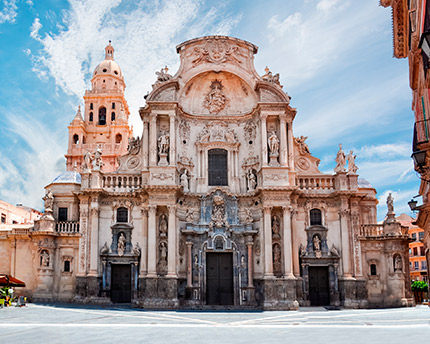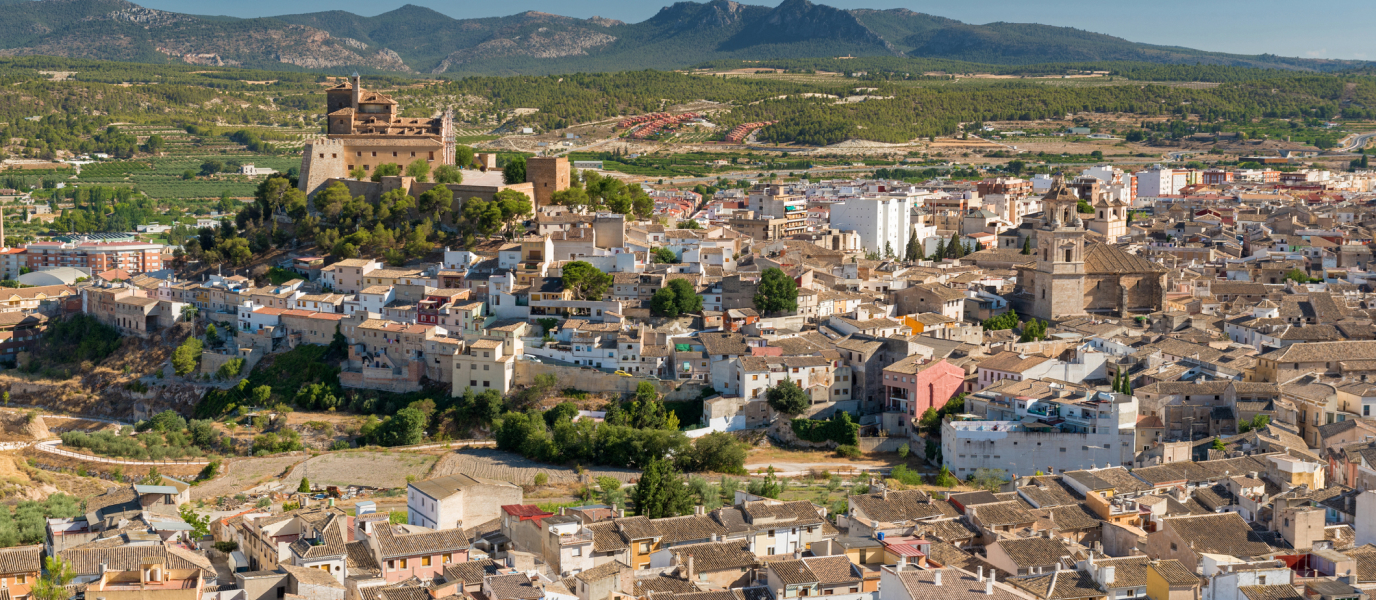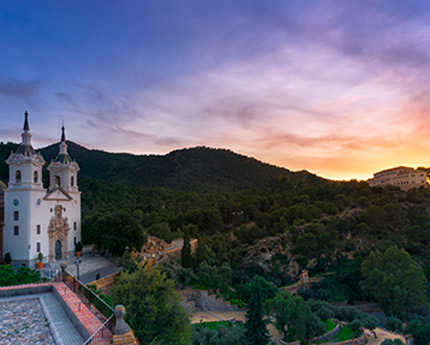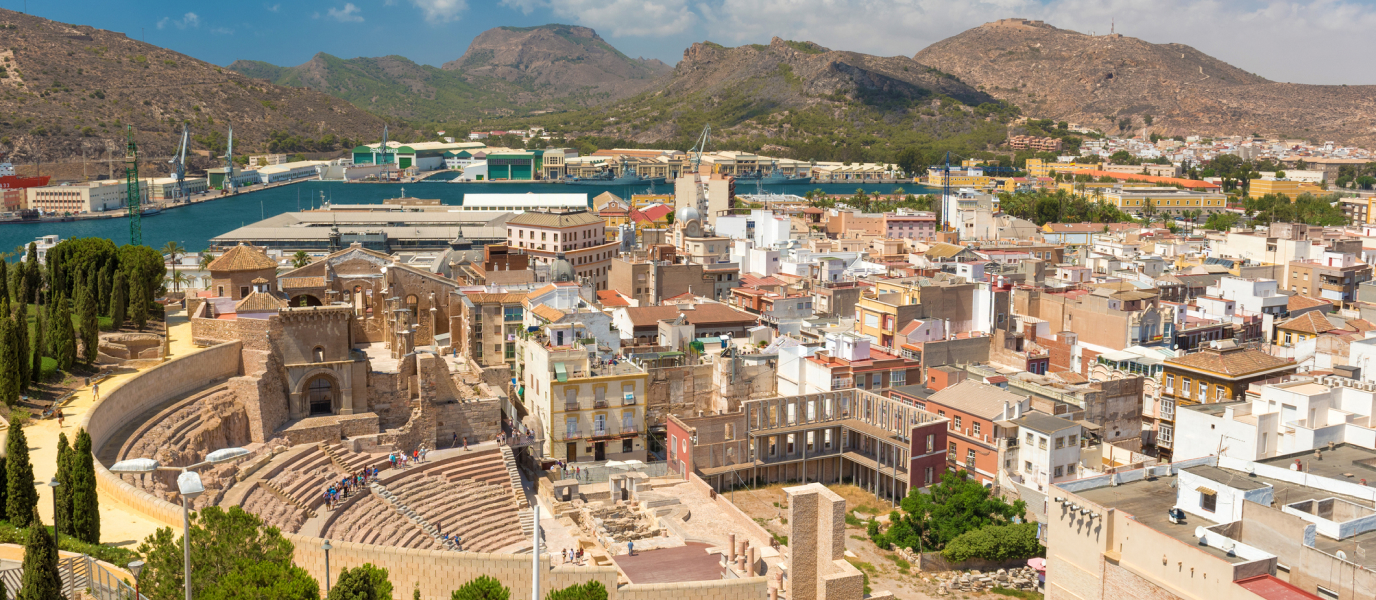Murcia cathedral has undergone various stylistic changes over the centuries to good effect. Originally, it was a chapel that formed part of the Aljama mosque (the main mosque) when the city became Christian. Construction of the imposing building that stands today began in the fourteenth century, the Gothic cloister being the oldest surviving part of the complex.
The extension to the Puerta de las Cadenas (Door of Chains) is one of the first Renaissance works on the Iberian Peninsula. The cathedral also has one of the most important Baroque main façades in Spain and the second-tallest bell tower in the country, after the Giralda in Seville.
These are not its only secrets, however, as its main altar, as well as a very interesting altarpiece, holds a stone urn where the heart and viscera of one of the most important Castilian kings, Alfonso X the Wise, are preserved.
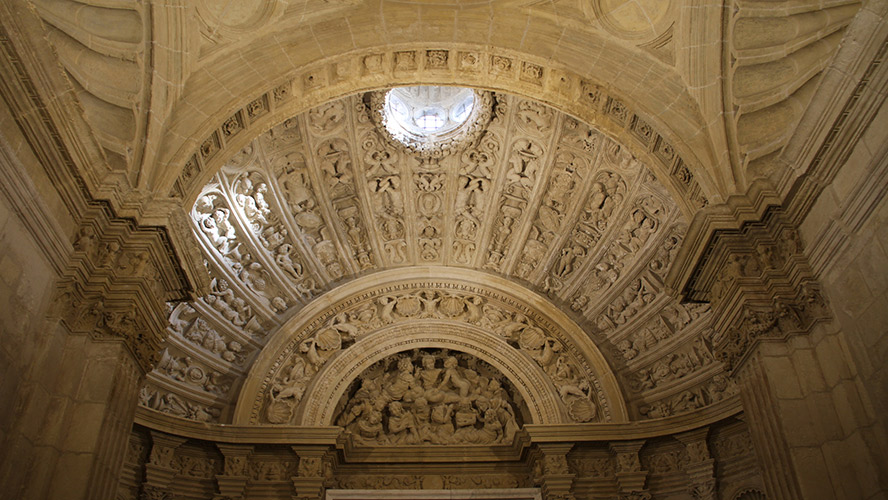
Context and history of Murcia cathedral
Ever since James I the Conqueror took control of Murcia, it was clear to the Christians that they had to create their own cathedral to which they could transfer the Bishopric of Cartagena. The first thing they did was to build a chapel in the Aljama mosque, dedicating it to Saint Mary Major.
But it was not until 1394 when construction of the cathedral that stands today began in the same place where mass was said amid the columns of the old mosque. Work was concentrated on the construction of the Gothic cloister, which still stands today. The building did not open until 1467, when it was once again consecrated and dedicated to Saint Mary.
Construction on Murcia cathedral has never ceased, however, with various extensions, repairs and new additions creating a magnificent building with overlapping styles that combine brilliantly.
One of the most important architectural milestones was the erection of the bell tower, which was under construction for more than two centuries, between 1521 and 1793. Standing 93 metres tall (98 metres if you count its weather vane), it is the second-tallest cathedral tower in Spain after the Giralda in Seville. Inside, it houses up to 20 bells, each with their own name, which were used for centuries to announce disasters such as the flooding of the Segura river and major festivals.
In 1854, the building suffered a serious fire that destroyed the main altar and the choir stalls. The restoration involved the installation of new works with new styles as well as a great gift from Queen Isabella II, a set of sixteenth-century Plateresque stalls from the Monastery of Santa María de Valdeiglesias, which earned her the right to place her royal coat of arms at one of the cathedral’s entrances.
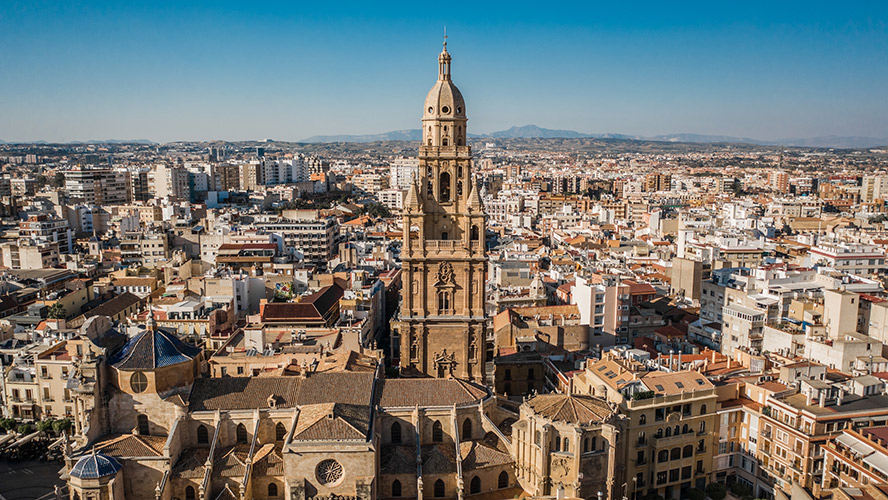
Architectural importance
The cathedral is an artistic jewel inside and out. The first thing that catches the eye is its main façade, a very important Baroque work, conceived as an altarpiece standing at a height of over 54 metres with 20 sculptures of saints, three archangels, a guardian angel and the mysteries of the Virgin Mary presiding over it.
It has three entrance doors to its three naves but only the Portada de los Apóstoles (Door of the Apostles) dates from the fifteenth century and is built in Flamboyant Gothic style. The coat of arms of Isabella II was placed on the keystone of the door’s arch in exchange for the help she provided to reconstruct the cathedral after the fire of 1854.
The Portada de las Cadenas, the entrance on Calle Trapería, was built in the sixteenth century and is one of the earliest Renaissance works in Spain. The large triumphal arch was built to pay homage to the Catholic Monarchs of Spain, Joanna the Mad and Philip the Handsome.
But if there is one thing that characterises this enormous cathedral built in the shape of a Latin cross, it is its bell tower, built over a period of more than two centuries, which means that each section has a different architectural style (Renaissance, Baroque, Neoclassical, etc.).
The tower contains many unusual rooms with great legends that make them unique. You can visit the Clock Room as well as the Room of Secrets or Whispers, where the acoustics allow those in the middle to hear any conversation held in a low voice inside the room. Another popular part of the tower is the Balcony of Spells, where the priests blessed the city to protect it from bad omens, wars and natural disasters.
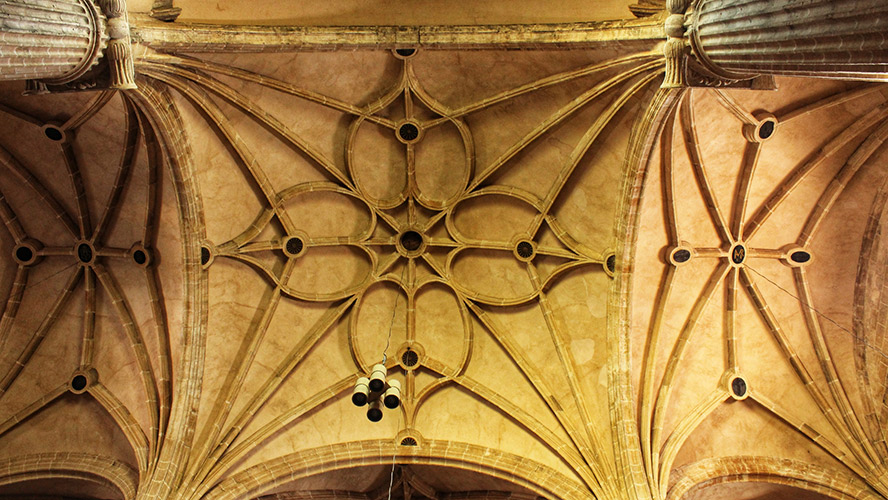
The Cathedral Museum
The museum is situated in the chapter house and cloister of the old Gothic cathedral and is one of the oldest parts of the building, although it has undergone many modifications. It was opened in April 1957 in order to advance the work that was still being done on the complex.
Inside, you can see the ancient foundations of the Aljama mosque, which gave rise to the cathedral, and many frescoes decorating its walls.
You can also visit several of its chapels and the great cathedral treasury, which contains important paintings, sculptures, textiles and liturgical trousseau still in use today.
Of particular note in the collection, both for its artistic importance and its popularity, is a Gothic altarpiece by the Italian artist Barnaba da Modena, the Virgin of the Milk, from the fourteenth century.
In fact, the museum also exhibits the famous Medallion of the Virgin of the Milk by the eighteenth-century Murcian sculptor Francisco Salzillo, which demonstrates the devotion to this image.
You will also find Renaissance altarpieces, one by Fernando de Llanos, a pupil of Leonardo da Vinci; the impressive Monstrance of the Corpus Christi by Antonio Pérez de Montalto, from the seventeenth century, the jewellery box of the Virgen de la Fuensanta and the Roman Sarcophagus of the Muses, from the third century.
Bear in mind that tours of the tower are made through the Cathedral Museum.
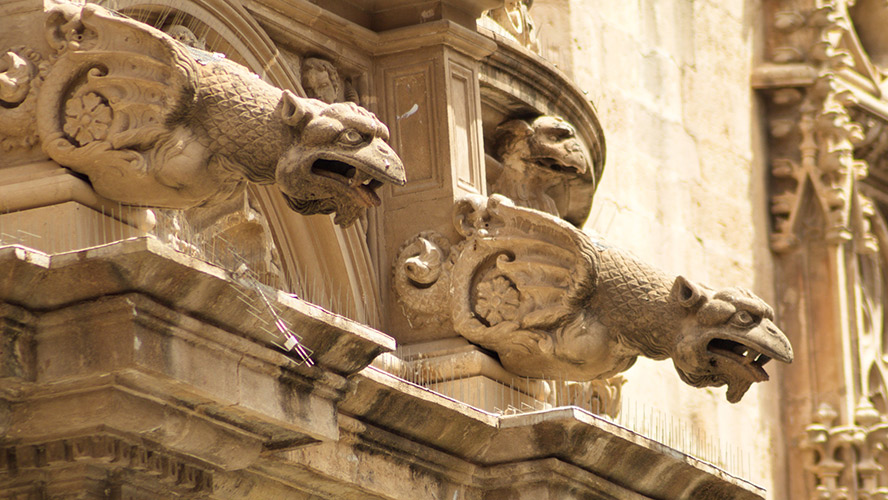
Recommendations and visitor information
A tour of the cathedral and museum can take at least an hour and a half. Due to conservation efforts in many parts of the complex, flash photography, filming and use of selfie sticks is not permitted to avoid irreparable damage. Touching things is also prohibited, as you are reminded at the start of the tour.
There are two guided tours, both highly recommended, since the building is full of popular legends, secrets and stories that deserve to be heard from those who experienced them first hand.
What’s more, you cannot leave Murcia, or the cathedral, without enjoying the finest views of the whole city from the tower. The climb, however, is not recommended for those who suffer from any kind of respiratory or heart problems, vertigo or claustrophobia.
It is best to wear comfortable footwear for the long ascent and to avoid, at all costs, leaning out onto the balconies.
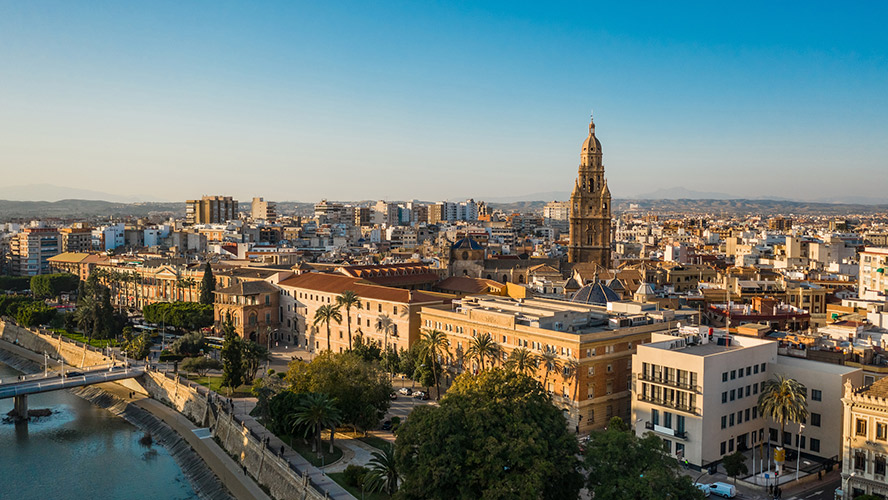
Accommodation in the centre of Murcia
Just five minutes from the cathedral, walking along the banks of the Segura, a river that has had a profound impact on the fate of the city, you will find one of the best accommodation options in Murcia, the four-star Occidental Murcia Siete Coronas hotel.
Founded in 1971, the hotel is full of history, yet is fully renovated and combines experienced staff with new facilities that make it the most modern hotel in Murcia.
Located on Paseo de Garay, in the heart of the city centre, the hotel makes a perfect base for visiting the city’s main sights and is well connected by public transport to other parts of the city in case you want to see more of Murcia.
Its 156 rooms are bright and modern, many of them with views of the city, and guarantee a pleasant stay complemented by the most efficient service.
What’s more, the Occidental Murcia Siete Coronas has a gym, an incredible restaurant with a terrace and nine multifunctional meeting rooms equipped with the latest technology. It also offers a parking service and the option of staying with your pet to make your trip complete.



























































